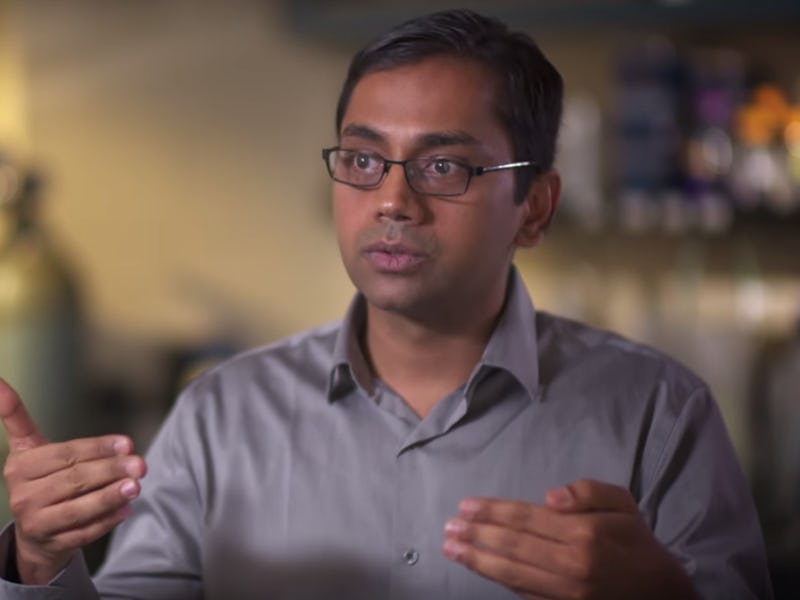How Do You Filter Wastewater Into Drinking Water?
Kartik Chandran is revamping the precarious process of turning waste water into something you can drink.

Between terse admonitions from the United Nations and the drought-stricken landscape of the American West, the issue of how much we water we use can’t be ignored.
Kartik Chandran, an Associate Professor of Environmental Engineering at Columbia University, has taken this problem under his stead in recent years, and has helped revamp the typically precarious process under which scientists transform wastewater into drinking water. For his work, Chandran was awarded this week a prestigious so-called “Genius Grant” by the MacArthur Foundation. He will receive $625,000 over five years to spend on what he wishes.
Chandran’s work hinges on the extraction of vital nutrients found in wastewater through much less environmentally harmful methods.
“We are getting to our goal of providing sanitation, we are getting to our goal of producing clean water, but we are doing so in a far more sustainable fashion, because we are focused on a recovery of products,” rather than just water-conversion, he tells Inverse.
The “products” that Chandran mentions involve chemicals like nitrogen, which has always released the greenhouse gas nitrous oxide when extracted through traditional means of wastewater conversion. Under Chandran’s new approach, nitrous oxide emissions are minimized through the right combination of microbes. Additionally, Chandran has shepherded the conversion of methane gas into methanol in a similar way, giving the widely used liquid product a much needed push towards a sustainable future.
Chandran hopes his science will have broad implications for multiple industries: “The conversation shifts from just a conversation about clean water to a conversation about recovery of energy and nutrients, so therefore tying in to the energy sector, the agriculture sector, the food sector,” he says.
Although a lot of Chandran’s work takes place in a Columbia laboratory in New York City, he’s spent much time in the field, putting source-separation toilets to use in Africa. The toilets, which provide sanitation and help him collect nutrients by separating fecal sludge from urinary streams, are a necessary part of repurposing water in the developing world, and represent the marked contrast between conditions in the United States and Africa.
“The EPA tells us get to clean water at any cost and yes, we can do that. But in other parts of the world, it’s not about money all the time, it’s about availability of energy and chemicals to provide clean water. This is what stops efforts directed towards clean water and sanitation,” in the developing world, he says.
Chandran adds that he and his team are essentially “converting waste streams into commodity chemicals,” which he hopes will usher forth an eschewal of substances like biogas in favor of cleaner burning fuels.
“We are now looking at fuels and energy sources that are far higher up on the value chain. They are enriched in energy and in chemicals,” he says. “The broad vision is to refine these streams not just to biogas or biodiesel, but to other endpoints as well and to do it in a practical, cost-effective manner, but also link it to global challenges like food security, energy security, and a provision of clean water and sanitation.”